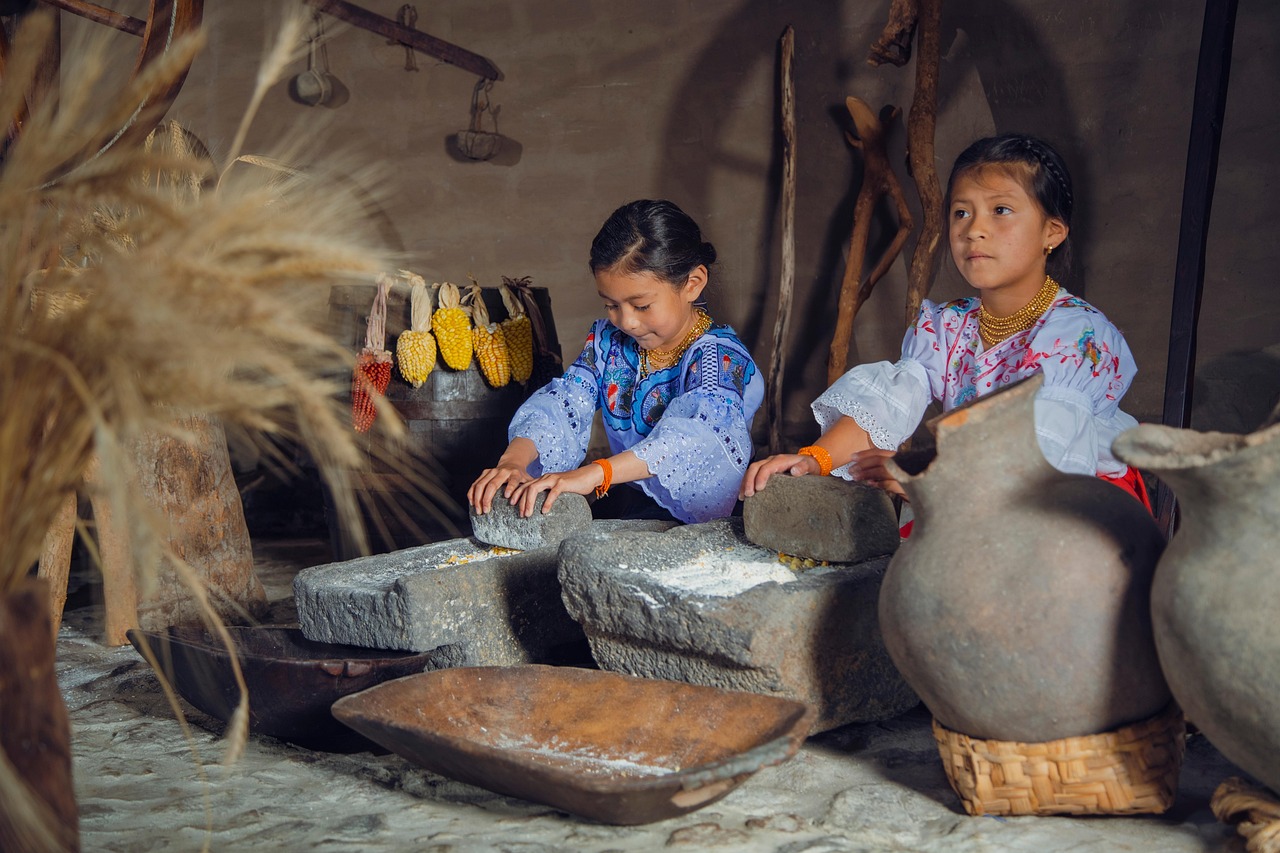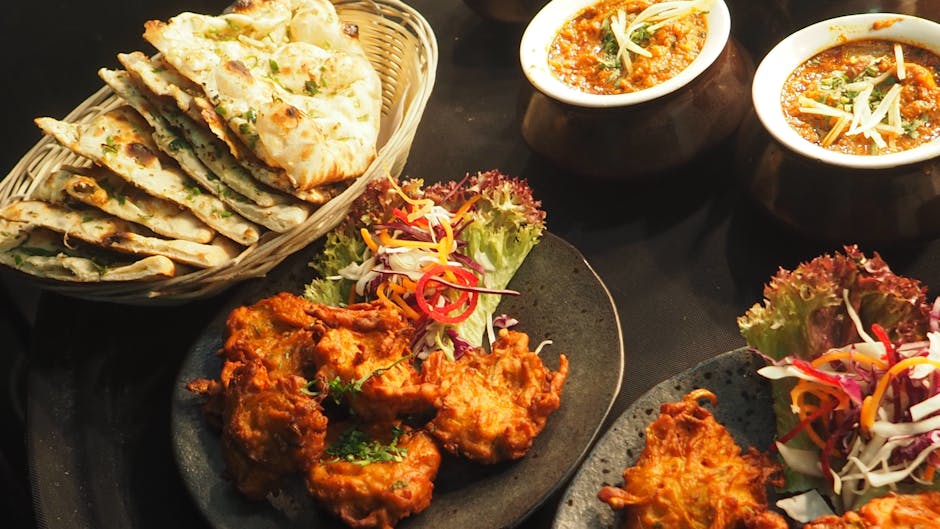Why Old School Plates Are Back on the Table
Fast food might still run the streets, but something slower is simmering in kitchens around the globe. Heritage cooking once dismissed as outdated or too niche is firmly back in the spotlight. As global palates mature, diners are turning toward meals that carry history, pride, and time tested know how.
We’re seeing a growing appetite for food that takes time. Not just in preparation, but in provenance dishes passed down from grandparents, made with local ingredients, cooked low and slow. These plates hit differently. They’re not chasing trends or viral views. They’re rooted in memory and meaning. Whether it’s a pot of stew that takes hours or a flatbread made from scratch, the process matters as much as the plate.
In 2026, culinary nostalgia is trending hard. Part of it is pushback against hyper commercialized dining. The other part? People are looking for authenticity in a world flooded with options. Food is becoming a proud marker of cultural identity again. And heritage cooking is the flag everyone’s waving quietly, confidently.
Europe
Traditional dishes in Europe are finding renewed relevance, balancing comfort with time tested techniques. Chefs are leaning into their heritage, letting regional identity drive menus.
France
Rustic cassoulet, a slow cooked dish of white beans and meats, is reappearing in modern bistros. Its hearty simplicity and historical depth make it both nostalgic and satisfying in a fast paced culinary landscape.
Italy
Nonna style ragù long simmered meat sauces made the traditional way is beginning to edge out trendier pasta toppings. Expect to see more trattorias embracing family recipes passed down for generations.
Nordics
In high end Nordic cuisine, ancient staples like dense rye breads and smoked fish are making a Michelin starred comeback. These humble ingredients, often sourced locally, speak to the deeper values of resourcefulness and tradition.
Asia
A new wave of culinary pride is sweeping across Asia, driven by young chefs embracing ancestral methods and diners showing increased interest in authenticity.
Japan
Washoku, the traditional Japanese multi course meal, is gaining renewed respect. Young chefs are bringing innovation while maintaining reverence for preparation methods that focus on balance, flavor, and visual presentation.
India
Regional thalis plated meals made up of multiple small servings are resurfacing globally. Known for their variety and depth, these dishes are shining a light on India’s diverse culinary geography.
Korea
Temple cuisine, originating from Korea’s Joseon dynasty, emphasizes simplicity, seasonal produce, and fermented components. It’s resonating with audiences looking for nourishing, mindful food experiences.
Americas
Across the Americas, indigenous practices and Depression era ingenuity are proving to be not only relevant but desirable.
Mexico
Pre Columbian staples like tamales and atole are getting a second life through fusion menus and upscale reinterpretations. These dishes are proving highly adaptable and rich in cultural significance.
USA
Southern soul food, along with meals born from the resourcefulness of the Great Depression era, is having a renaissance. Think beans, greens, cornbread made with premium ingredients and modern flair.
Brazil
Amazonian Indigenous recipes are crossing over from rural areas to fine dining in urban centers. Chefs are tapping into Brazil’s rich biodiversity to tell regional stories on the plate.
Africa & The Middle East
Traditional recipes from these regions are finally earning long overdue international recognition. Rooted in resilience and ancient flavor traditions, these dishes are capturing global interest.
Morocco
Earthy tagines slow cooked stews in cone shaped pots are being reinvented with hyper local produce while maintaining their deep spice profiles and communal essence.
Ethiopia
Injera (sourdough flatbread) and wot (spiced stew) are gaining praise beyond East Africa for both their flavor and nutritional completeness. Their texture and complexity offer something that many global palates have missed.
Levant region
Heirloom recipes passed from grandparents are turning into valuable menu staples. From kibbeh to stuffed vine leaves, chefs are elevating home style dishes without compromising authenticity.
The Cultural Pull: More Than Just Food

In a hyper connected, fast paced world, the return of traditional dishes goes beyond taste it’s about reclaiming identity, family history, and cultural pride.
Food as an Identity Anchor
As global cultures intermingle, many people are turning to heritage cuisine as a grounding force. These dishes are more than meals; they reconnect individuals with their roots, languages, and histories.
Builds cultural continuity across generations
Helps preserve endangered culinary traditions
Acts as a counterbalance to the homogenization of modern food culture
Who’s Leading the Revival?
The movement to bring back traditional dishes has become a grassroots to gourmet effort.
From home kitchens:
Diaspora communities keeping heritage alive through passed down recipes
Younger generations revisiting family cookbooks and oral traditions
From professional kitchens:
Chefs reinterpreting ancestral cuisine with modern technique and local sourcing
Restaurants highlighting regional specialties as signature identity pieces
Recipes as Storytelling Tools
Each traditional dish acts as a story of migration, resilience, celebration, or survival. In 2026, recipes are increasingly seen as cultural documents, rich with emotion and memory.
Sharing a dish often means sharing a family history
Cookbooks and digital platforms become cultural archives
Story driven menus and pop ups are resonating with global diners
As this culinary revival proves, traditional food is no longer stuck in the past it’s powering a deeper connection in the present.
The Green Link: Why Sustainability Fuels the Comeback
What’s old is not just tasty it’s efficient. Around the world, chefs and home cooks are digging into traditional recipes that just happen to be naturally sustainable. Local sourcing isn’t a trend in these dishes; it’s how they were born. Ingredients come from nearby farms, forests, and coastlines not cross continental supply chains. It’s fresh, it’s regional, and it cuts down the carbon cost, one plate at a time.
Old school cooking methods are also getting their shine back. Fermentation doesn’t just extend shelf life it builds deep, complex flavors. Whole animal cooking? It’s not only respectful, but economical. Instead of relying on high waste, high cost modern techniques, these throwback dishes make the most of every element. That means less waste, lower cost, and often, better taste.
Forgotten staples were seasonal by necessity. Now they’re relevant by design. Think root stews in the winter, crisp veggie ferments in summer. It’s low impact eating without needing to advertise it as such it just makes sense.
The return to tradition isn’t just cultural it’s practical. And for more on how that practicality meets planet care, see How Food Trends Are Going Green.
